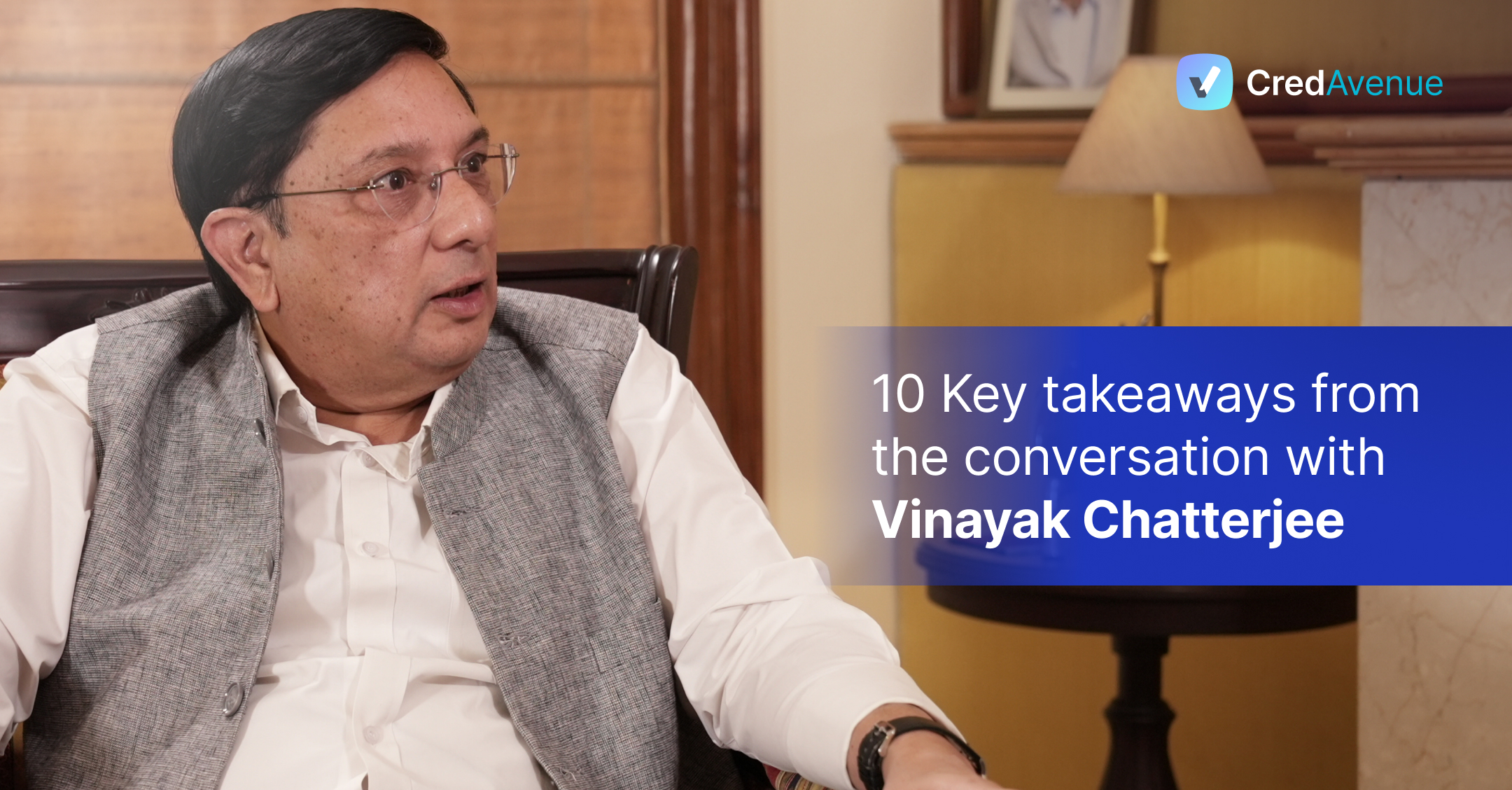
India is on the cusp of another green revolution would be an understatement to make. In contrast, this one is not for food security but for the energy of different kinds, and energy that plays a pivotal role in our sustenance. Over the last decade or so, the country has more than tripled the total installed capacity of renewable energy. Even the remotest corners of India are not uninitiated with the ubiquitous black shiny panels or perennially moving razor-sharp wind blades.
This is a proud achievement for any Indian, and we all can proclaim that this has been achieved with the government and not despite it. Laying out of red carpets for the FDI is the trump card as claimed by the several quarters, policy support & execution adeptness (setting up of nodal agencies SECI, NTPC) by others. Initial schemes like VGF, setting up solar parks, which were instrumental in providing feet to the sector (which was still in its infancy), are also vehemently proposed as the game-changer by some. But the process has only begun; for some, we have just come out with the beta version of our playbook and the herculean task of first achieving 500GW by 2030 and being net-zero by 2070 remains. It will require both our concerted efforts and catapulting our current momentum is a needless assumption to make.
Historically we are at a critical juncture in the industry wherein our policymakers intend us to pivot from one of the largest importers to becoming the panel factory of the world. And even the biggest government critics are cheering the vision from the sidelines. But we need to introspect are we ready for such a transition, and if yes, at what cost, because any disruption, be it of any scale, does cause a lot of ripples. Are we ready to give up the near-term installation momentum (read achieved with extreme difficulty) for a longer-term benefit? Though the answer may seem a logical yes because what is a couple of years in otherwise millions of years of history of the country. But we do need to keep in mind that the entire ecosystem which is already marred by two consecutive covid years, may get crippled and come to a standstill. And the all-important foreign capital inflows may dry up, especially in the near future, due to the looming uncertainty in the interim, ever decaying IRRs and policy shift (yet again).
On the other hand, Atma Nirbhar Bharat’s vision is gaining traction and has started to show grass root level changes across sectors. The way electronic manufacturing has spearheaded the mission is an inspiring example for all other sectors to imbibe & perhaps replicate. Taking forward the agenda, the government came out with the PLI scheme for the solar manufacturing sector and saw a vehement response from the industry powerhouses. Echoing the general sentiment to reduce the dependence on imports in the sector, several representations have been made across levels by the domestic ecosystem, and demand for the planned imposition of BCD has never been the louder.
Understandably policymakers find themselves in an unprecedented situation. To choose between the two dear & impactful causes is perhaps a difficult predicament to be. On the one hand, is the burgeoning sector, which may face a huge setback (temporary though) and on the other is the opportunity to expeditiously not only stop the flow of greenback outside the country but to essentially reverse it. The answer, as always, lies in the balance. Ministry inundated with arguably the brightest talent in the country should find a middle way to focus on both boosting domestic manufacturing capabilities and not being punitive to GWs of installation momentum. Polity should step in to support this sunrise sector, which is winning global accolades for the country, till the time our house is in order & domestic supply-demand skewness is corrected. We should hope that on the first day of the second calendar month, BCD on the modules shall be deferred giving respite to the anxious green community.




